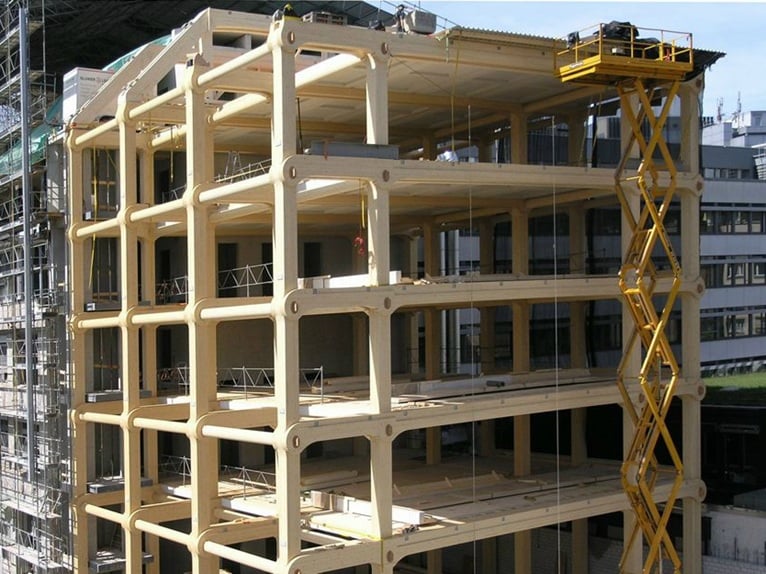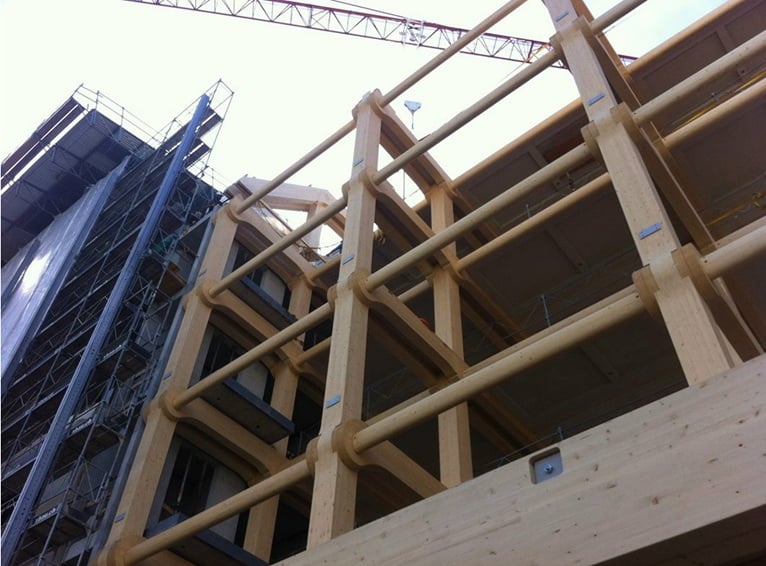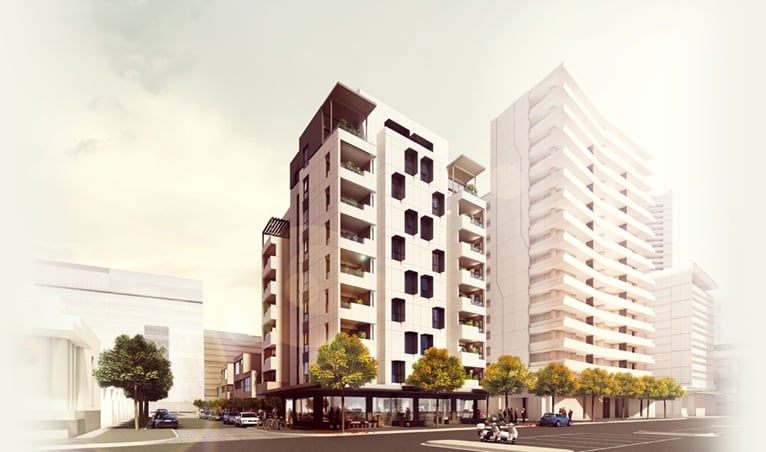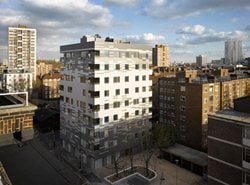
ARUP'S WEEKLY COLUMN _ I don’t know about you, but I’d be perfectly happy to live in a 20-storey wooden building. Wood is sustainable, strong, attractive, and can be surprisingly resistant to fire.
With urbanisation driving cities to build densely and sustainably, I think using wood in tall buildings is an appealing option. For one thing, it’s the only completely renewable building material. Second, wood has almost zero embodied energy because it’s grown with solar power.
It’s also a cellular material like bone, so it’s strong and light. Relatively easy to work with, wood lends itself to high quality prefabrication techniques. It’s light to transport to site, reducing transport costs and carbon emissions. And it’s light to lift into place, reducing the size of cranes required and making the process safer.

What about the fire risk? The massive timber construction necessary for taller buildings doesn’t burn readily, even without protection. Just like a log on a fire, a large timber beam may char on the surface but will still retain its integrity for hours. Compare that to how a steel beam would behave in a fire. Without lots of protection, it would quickly sag and lose its stiffness.
Unfortunately, building codes around the world often dictate that the structure of a building should be non-combustible. This completely precludes timber. There are other codes that require the timber to be protected by plasterboard. I believe that’s too simplistic. What really matters is that people can escape safely, that the fire brigade isn't put at risk and that the fire doesn’t spread to other buildings.

We need to address this issue if we are to create successful wooden buildings. This means we need to start assessing wooden buildings in a proper “fire engineering” way exactly as we do for steel buildings. In other words we need to look at how the overall building behaves rather than just looking at the charring of individual wooden elements. The nine-storey wooden Stadthaus development Murray Grove in London was a great achievement, but it’s a tragedy that the wood is completely hidden behind protective plasterboard. I want to engineer safe buildings and also still see the beauty of the wood.

Stadthaus, and the slightly taller Forte tower in Melbourne, were firsts. So it was right that they should adopt relatively simple structural solutions with regular timber walls. But if we really want to develop sustainable buildings that are going to last, then I feel they need columns rather than solid structural walls. This would enable them to adapt in the future to suit changing needs and to be used for open-plan offices.
It’s clear that wood has potential for use in tall buildings. Technically, I think we could build 40 storeys in wood if we wanted to. But we also have a duty to come up with economic solutions, and I think that is where using wood in combination with other materials is an intelligent option.

For one thing, there aren’t enough trees for us to build everything out of 100% wood. And anyway, wood, steel and concrete all have particular advantages that we should be looking to exploit. All I’m arguing is that we should be starting to look at wood as a standard option alongside steel and concrete to see if it’s right for a particular building.
On taller buildings I expect we’ll start to see wood used in conjunction with other materials. For example, we could see timber columns and floors with a concrete core to provide lateral stability. By making the most of the advantages of wood in combination with other materials, we can create buildings in which anyone would be pleased to live.
This article was first published by Arup at http://thoughts.arup.com/


 64
64
 2
2
comment